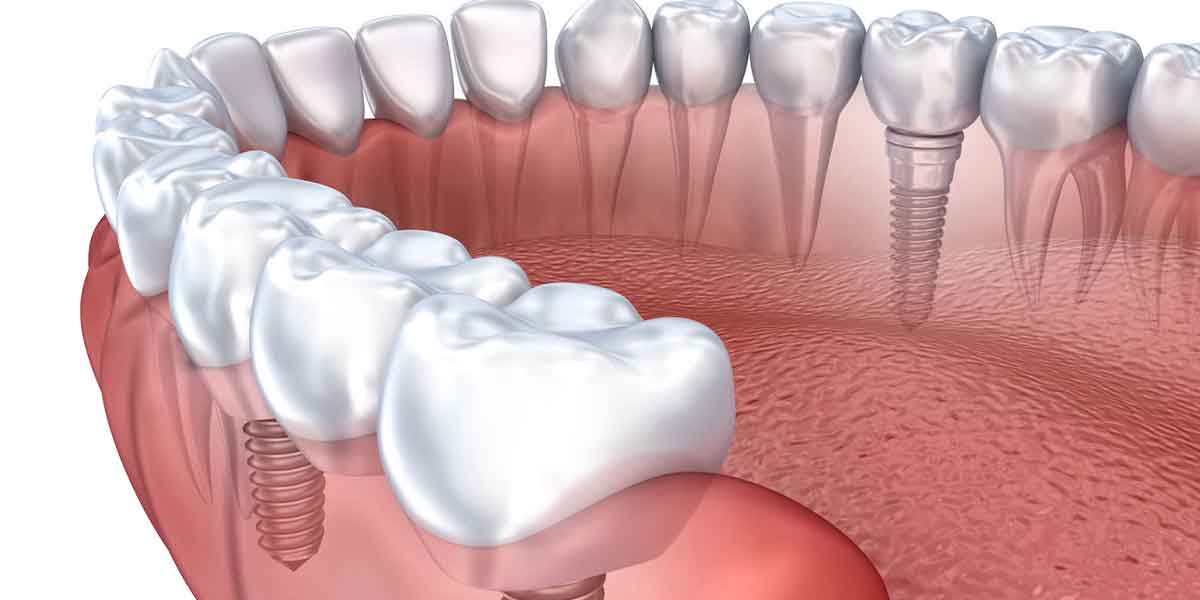Dental implants have revolutionized the way individuals deal with missing teeth, offering a permanent and aesthetically pleasing solution that can greatly enhance dental health and quality of life. This comprehensive guide will delve into the benefits of dental implants, the procedure involved, and essential care tips for maintaining them effectively.
Understanding Dental Implants
Dental implants serve as artificial tooth roots, typically made of biocompatible materials like titanium. These implants are surgically placed into the jawbone, providing a stable base for replacement teeth such as crowns, bridges, or dentures. By mimicking the function and appearance of natural teeth, dental implants offer a long-lasting solution for tooth loss.
Components of Dental Implants
- Implant Fixture: The titanium post that acts as the artificial root.
- Abutment: A connector placed on top of the implant fixture to secure the replacement tooth.
- Prosthesis: The visible part of the implant, which can be a crown, bridge, or denture.
Benefits of Dental Implants
Dental implants present several advantages over traditional tooth replacement methods, including:
Improved Oral Health
Dental implants play a crucial role in maintaining and enhancing oral health by:
- Preserving Jawbone Structure
- Preventing Tooth Shifting
- Maintaining Natural Teeth
Enhanced Aesthetics
One of the key benefits of dental implants is their ability to provide a natural-looking smile that boosts self-confidence and overall aesthetics.
Long-Lasting Solution
With proper care, dental implants can last a lifetime due to their durable materials that withstand daily wear and tear.
Improved Functionality
Dental implants function like natural teeth, allowing for confident eating, speaking, and smiling without the discomfort or instability often associated with dentures.
The Dental Implant Procedure
The dental implant procedure involves several stages essential for the success and longevity of the implants. Here is an overview of the process:
Initial Consultation and Planning
The first step involves a comprehensive consultation with your dentist to assess your oral health, discuss treatment options, and create a customized treatment plan based on your specific needs.
Assessment and Imaging
- Oral examination
- X-rays or 3D scans
- Discussion of medical history
Surgical Placement of the Implant
The next stage includes the surgical placement of the implant fixture, followed by a healing period for osseointegration, where the implant fuses with the jawbone.
Attachment of the Abutment
After osseointegration, the abutment is attached to the implant fixture, and the gum tissue is allowed to heal around it.
Placement of the Prosthesis
The final step involves attaching the custom-made crown, bridge, or denture to the abutment, completing the dental implant procedure.
Caring for Dental Implants
Proper care and maintenance are vital for the success and longevity of dental implants. Here are some tips for optimal implant care:
Maintain Good Oral Hygiene
Regular brushing and flossing are essential to prevent infection and maintain the health of your implants.
Regular Dental Check-Ups
Scheduled dental visits every six months are crucial for monitoring implant health and addressing any issues promptly.
Avoid Hard or Sticky Foods
To prevent damage to your implants, avoid chewing on hard or sticky foods and refrain from habits like biting on non-food items.
Quit Smoking
Smoking can hinder the healing process and increase the risk of implant failure, so consider quitting to improve the success of your dental implants.
dental implants offer a safe, effective, and long-lasting solution for missing teeth, providing a range of benefits for dental health and overall well-being. By understanding the procedure, benefits, and care requirements, you can make an informed decision about whether dental implants are the right choice for you. Consult with your dentist to explore your options and embark on the journey towards a healthier, more confident smile.




